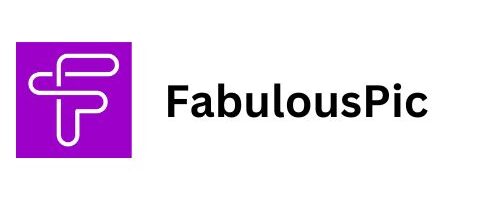Navigating the complexities of healthcare often comes with the challenge of managing inefficient and costly financial operations. Delays and rising expenses can strain institutions, but revenue cycle management software is reshaping this landscape. By streamlining financial processes, this innovative solution empowers healthcare providers to operate more efficiently. This guide delves into how adopting revenue cycle management software can optimize financial workflows and enhance revenue management, driving smoother operations across healthcare organizations.
Understanding Revenue Cycle Management Software
Revenue cycle management software streamlines the financial operations of healthcare facilities, covering everything from patient intake to final payment collection. By automating critical tasks like billing, claims management, and payment processing, it minimizes manual effort while enhancing accuracy and efficiency. This powerful tool reduces errors, prevents delays, and ensures a seamless healthcare payment process from start to finish.
Automating Billing and Claims Processing
Revenue cycle management software plays a vital role in streamlining billing and claims processing for healthcare providers. By automating these workflows, it reduces the time and effort spent on paperwork and administrative tasks. The software ensures accurate claims submission to insurance companies, minimizing errors and speeding up reimbursements. For example, it can automatically verify a patient’s insurance eligibility during check-in, instantly identifying coverage limits and required copayments. This not only simplifies the billing process but also lowers the financial risks associated with claim denials, allowing providers to focus more on patient care.
Enhancing Patient Payment Systems
In today’s digital era, patients increasingly value convenience and simplicity when it comes to paying their medical bills. Revenue cycle management software meets this need by offering secure, integrated online payment solutions. These systems empower patients to settle their bills effortlessly, anytime and anywhere. By providing a variety of payment options—such as online portals, mobile apps, and automated payment plans—healthcare providers can enhance patient satisfaction and streamline the billing experience.
Optimizing Revenue Collection
Effective revenue collection is essential for financial stability in healthcare . Revenue cycle management software plays a critical role by offering advanced analytics and reporting tools that help providers identify trends, monitor outstanding payments, and analyze patient payment behaviors. These insights empower healthcare organizations to refine billing processes and boost collection rates. For instance, the software can detect patterns in payment delays and recommend proactive solutions, such as pre-service payment plans or targeted follow-ups, ensuring a consistent cash flow and a more efficient revenue cycle.
Reducing Operational Costs
Adopting revenue cycle management software offers significant cost-saving benefits for healthcare providers. By automating repetitive tasks, minimizing errors, and streamlining manual processes, healthcare facilities can substantially reduce administrative expenses. Furthermore, enhanced claim accuracy and improved payment collection rates help mitigate financial losses tied to claim denials and payment delays.
Ensuring Compliance and Reducing Fraud
Healthcare providers face complex regulatory requirements, making compliance a vital aspect of financial operations. Revenue cycle management software simplifies this process by staying updated on regulatory changes and ensuring billing practices meet mandated standards. Additionally, the software integrates robust security features to safeguard patient data and minimize the risk of fraud—an essential safeguard in the tightly regulated healthcare industry.
Conclusion
Revenue cycle management software is revolutionizing the financial operations of healthcare facilities by automating workflows, streamlining revenue collection, and improving patient payment systems. This technology not only simplifies complex financial processes but also ensures regulatory compliance and lowers operational costs, making it an essential tool in modern healthcare management. As the industry evolves, the significance of this software will only grow, driving greater efficiency and effectiveness in healthcare financial operations.







